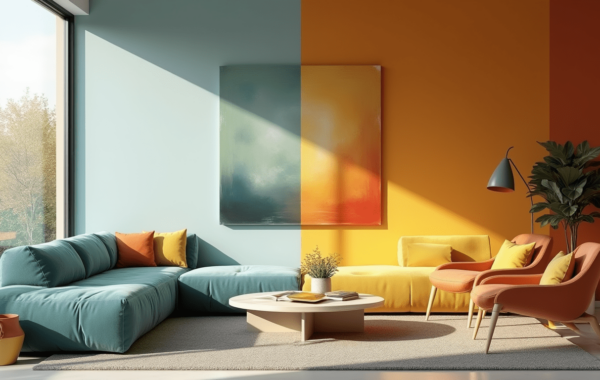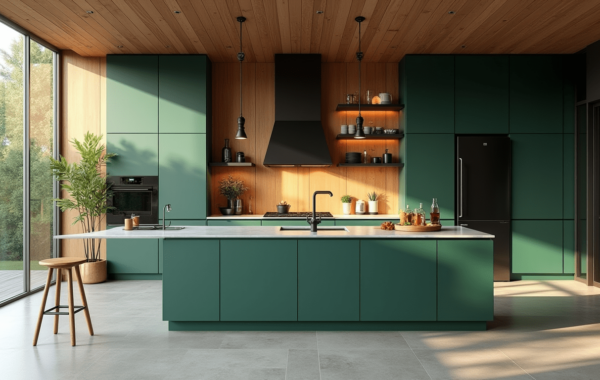In a world where we spend 90% of our lives indoors, biophilic design has emerged as a transformative approach to creating spaces that nurture our innate connection with nature. This design philosophy goes beyond merely adding a few houseplants – it’s about creating environments that fundamentally enhance our well-being and productivity while fostering a deeper connection to the natural world.
Understanding Biophilic Design
Biophilic design integrates natural elements into built environments, drawing from our inherent need to connect with nature. This approach incorporates direct natural elements, organic shapes, and natural patterns to create spaces that feel alive and dynamic.
Benefits for Well-being and Health
Research has shown that biophilic design offers numerous advantages for both physical and mental health. Spaces incorporating natural elements have been proven to reduce stress levels, enhance cognitive function, and improve overall mood. In healthcare settings, biophilic design has been linked to faster recovery times and reduced pain levels for patients.
Key Elements of Biophilic Design
Natural Light and Air Flow
Maximizing natural light through strategic window placement and using sheer curtains creates bright, energizing spaces. Daily ventilation, even for just ten minutes, helps maintain fresh air circulation and creates a direct connection to the outdoors.
Living Elements
Indoor plants, living walls, and indoor gardens serve as natural air purifiers while creating visual interest. These elements can be incorporated through vertical gardens in space-constrained areas or through strategically placed potted plants throughout the space.
Natural Materials and Textures
Incorporating sustainable materials like wood, stone, and bamboo brings warmth and authenticity to interiors. These materials can be used in furniture, flooring, or decorative elements to create a seamless connection with nature.
Organic Shapes and Patterns
Using curved lines, natural forms, and patterns found in nature helps create harmony within spaces. This can be achieved through furniture selection, architectural elements, or decorative accessories that mimic natural forms.
Successful Implementation Examples
The Living Grid House in Singapore exemplifies biophilic design through its innovative use of skylights, interior green walls, and extensive indoor plantings. In Portugal, the Second Home office space showcases how thousands of plants can transform a workplace into a vibrant, nature-connected environment.
Practical Tips for Implementation
Start Small
Begin with low-maintenance plants and gradually expand your indoor garden. Choose plants that suit your space’s light conditions and your care capabilities.
Optimize Natural Light
Remove obstacles from windows, use reflective surfaces, and consider skylights where possible to maximize natural light penetration.
Choose Natural Materials
Incorporate wooden furniture, stone accents, or natural fiber textiles to bring organic elements into your space.
Create Views
Arrange furniture to maximize views of outdoor spaces and nature. If direct outdoor views aren’t available, consider nature-inspired artwork or digital displays of natural scenes.
Looking Forward
As we continue to recognize the importance of our connection with nature, biophilic design will play an increasingly vital role in creating healthier, more sustainable living spaces. By thoughtfully incorporating these elements into our homes and workplaces, we can create environments that support our well-being while fostering a deeper connection to the natural world.






